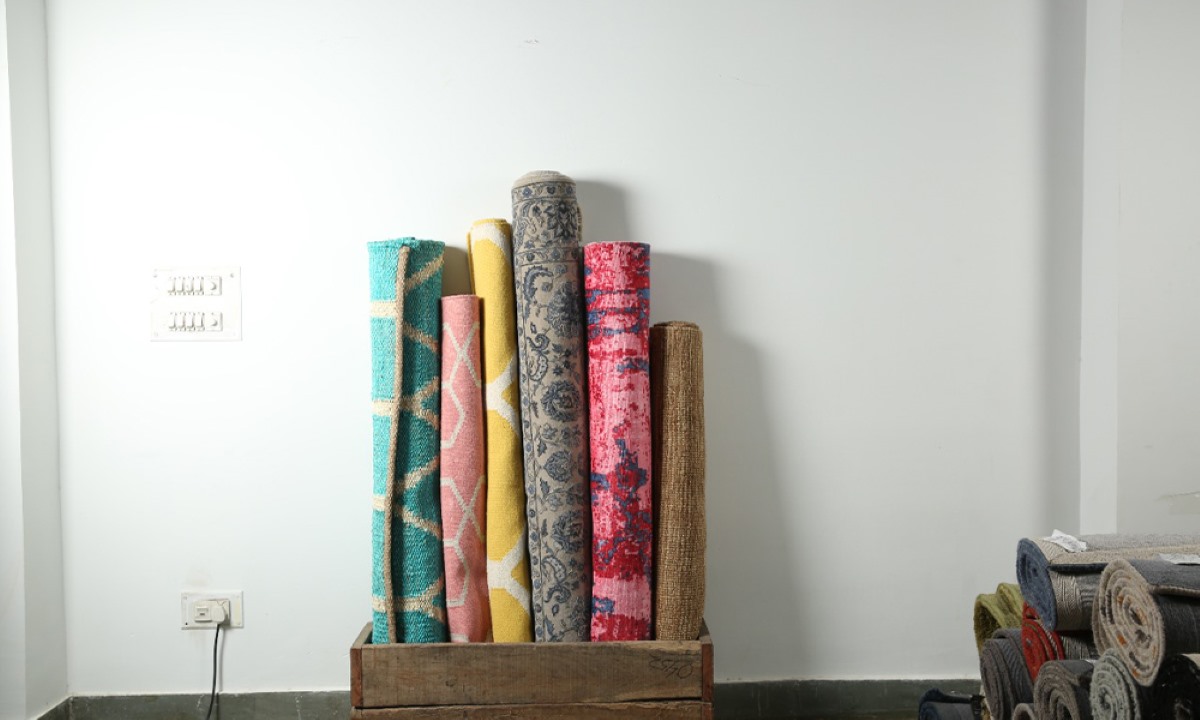

Articles
How To Store A Rug
Modified: October 20, 2024
Discover the best methods for storing your rug to keep it in pristine condition. Read our informative articles for expert tips on rug storage.
(Many of the links in this article redirect to a specific reviewed product. Your purchase of these products through affiliate links helps to generate commission for Storables.com, at no extra cost. Learn more)
Introduction
When it comes to storing a rug, proper care and attention must be given to ensure its longevity and preservation. Whether you’re planning to store your rug for a short period or an extended duration, following the right steps is essential to keep it in pristine condition.
In this article, we will guide you through the process of storing a rug properly. We’ll cover everything from cleaning the rug to choosing the ideal storage location and implementing the correct storage techniques. By following these guidelines, you can ensure that your rug remains in excellent shape and can be enjoyed for years to come.
So, let’s dive into the step-by-step process of storing a rug:
Key Takeaways:
- Properly storing a rug involves cleaning, rolling, wrapping, and choosing the right storage location. Regular checks ensure its longevity and beauty, preserving its value for generations to come.
- By following the step-by-step process, you can safeguard your rug from damage and deterioration, ensuring it remains in excellent condition during storage and ready to be enjoyed for years to come.
Read more: How To Store A Wool Rug
Step 1: Cleaning the Rug
Before storing your rug, it’s crucial to clean it thoroughly. Over time, dirt, dust, and other contaminants can accumulate on the surface, which, if left untreated, can lead to discoloration and damage. Follow these steps to clean your rug:
- Vacuum the Rug: Start by vacuuming the rug on both sides to remove loose dirt and debris. Use a vacuum cleaner with a brush attachment to gently remove any dirt embedded in the fibers. Be sure to vacuum the fringe as well.
- Treat Stains: If you notice any stains or spills on the rug, address them before storing. Use a mild rug cleaner or a mixture of water and gentle detergent to blot the stain gently. Avoid scrubbing or rubbing the rug vigorously, as this can damage the fibers.
- Dry the Rug: Ensure that the rug is completely dry before storing. Hang it outdoors or use a fan to facilitate the drying process. Make sure the rug is not exposed to direct sunlight, as UV rays can fade the colors.
By cleaning your rug before storage, you prevent any dirt or stains from setting in and causing permanent damage. A clean rug is less prone to attract pests and mildew, ensuring its long-term preservation.
Step 2: Rolling the Rug
Once your rug is clean and dry, the next step is to properly roll it. Rolling the rug correctly ensures that it retains its shape and prevents any unnecessary stress on the fibers. Follow these steps to roll your rug:
- Find a Clean and Open Space: Clear a clean and spacious area where you can lay out the rug. It’s best to have a surface such as a large clean floor or a clean, sturdy table.
- Smooth Out the Rug: Lay the rug flat on the designated surface and smooth out any wrinkles or creases. Make sure the rug is evenly spread out with no folded edges.
- Start Rolling: Begin rolling the rug from one end to the other tightly. Start at the fringe or the edges, and roll it towards the center. Use gentle pressure to ensure a tight and compact roll.
- Secure the Roll: Once the rug is rolled, use cotton or nylon straps to secure it in place. Avoid using plastic wraps or tapes as they can damage the rug or trap moisture.
Rolling the rug properly helps to maintain its shape and prevent any unnecessary stretching or distortion of the fibers. It also makes it easier to store the rug without taking up excessive space.
Step 3: Wrapping the Rug
After rolling the rug, it’s essential to wrap it properly to protect it from dust, dirt, and potential damage during storage. Follow these steps to wrap your rug:
- Choose the Right Material: Select a breathable material to wrap your rug, such as acid-free tissue paper or clean cotton sheets. Avoid using plastic wraps or bags, as they can trap moisture and lead to mold or mildew growth.
- Add Additional Layers: Start by placing a layer of acid-free tissue paper or a clean cotton sheet on the rolled rug. This additional layer helps to prevent any direct contact between the rug and the wrapping material.
- Wrap Carefully: Begin wrapping the rug tightly with the chosen material. Make sure to cover the entire rug, including the edges and fringe, to provide full protection.
- Secure the Wrap: Once the rug is wrapped, secure it in place by tying it with cotton or nylon strings. Avoid using tape, as it can leave adhesive residue on the rug or damage the fibers.
Properly wrapping the rug shields it from moisture, dust, and pests during storage. The breathable materials allow for proper airflow, reducing the risk of mold or mildew formation.
To store a rug, make sure it is clean and completely dry. Roll it up with the pile facing inwards to prevent damage. Store in a cool, dry place to avoid mold and mildew.
Step 4: Choosing the Proper Storage Location
The location where you store your rug plays a vital role in maintaining its quality and condition. It’s essential to choose a suitable storage area that provides the right environment for preserving the rug. Consider the following factors when selecting a storage location:
- Avoid Humidity: Moisture and humidity can cause mold, mildew, and damage to the rug. Choose a storage space that is dry and well-ventilated. Avoid basements, attics, or areas prone to dampness.
- Controlled Temperature: Extreme temperatures can have a negative impact on the rug. Ideally, the storage location should maintain a moderate temperature range to prevent any fluctuations that may damage the fibers.
- Sunlight Exposure: Direct sunlight can cause fading and discoloration. Select a storage area that is away from windows or install UV-blocking curtains or blinds to protect the rug from excessive sun exposure.
- Pest Prevention: Ensure that the storage space is free from pests, such as insects or rodents. Consider using natural pest deterrents like cedar chips or mothballs to further protect the rug.
- Accessibility: It’s important to choose a storage location that allows for easy access. If you plan on using the rug in the future, make sure it’s stored in a way that allows for convenient retrieval without causing damage.
By selecting the right storage location, you can significantly prolong the lifespan of your rug and prevent any potential damage that may occur in unsuitable environments.
Read more: How To Store Wool Rugs
Step 5: Storing the Rug Properly
Now that you’ve cleaned, rolled, wrapped, and chosen the right storage location, it’s time to store the rug properly. Follow these steps to ensure your rug remains in optimal condition during storage:
- Raise the Rug: Avoid storing your rug directly on the floor. Place it on a raised platform or pallet to prevent contact with any potential moisture or pests that may be present on the ground.
- Position it Safely: Lay the rug flat on the raised surface to maintain its shape. Do not stack or place heavy items on top of the rug, as this can lead to compression and deformation of the fibers.
- Avoid Pressure Points: Rotate the rug occasionally to distribute any pressure points that may develop over time. This helps to ensure that the weight is evenly distributed, preventing any permanent indentations or damage.
- Keep it Elevated: If you plan to store multiple rugs, stack them vertically with a layer of acid-free tissue paper or cloth in between. This helps to prevent direct contact and potential color transfer between the rugs.
- Label and Document: Label the storage area and keep a record of the rug’s details, such as size, material, and any special care instructions. This will make it easier to locate the rug and remember its specific storage requirements.
By following these guidelines, you can ensure that your rug is stored correctly, reducing the risk of damage and preserving its quality for future use.
Step 6: Checking the Rug Periodically
Even though your rug is safely stored, it’s essential to check on it periodically to ensure it remains in good condition. Regular inspections allow you to identify any potential issues early on and take appropriate measures to mitigate them. Follow these steps when checking your stored rug:
- Inspect for Moisture or Mold: Check for any signs of moisture or mold growth on the rug or in the storage area. If you notice any dampness or moldy smell, take immediate action to address the issue. Remove the rug, clean and dry it thoroughly, and improve the ventilation in the storage space.
- Look for Pest Infestation: Examine the rug for any signs of pests, such as insects or rodents. Inspect both the surface and the underside of the rug, paying close attention to the edges and corners. If you notice any signs of infestation, take prompt action to eliminate the pests and prevent further damage.
- Check for Color Fading: Assess the colors of the rug to ensure there is no significant fading or discoloration. If you notice any changes, consider moving the rug to a darker storage location or using UV-blocking curtains to minimize sun exposure.
- Verify the General Condition: Take note of the overall condition of the rug, including the pile, edges, and fringe. Look for any signs of wear, unraveling, or loose threads. If you identify any issues, address them promptly to prevent further deterioration.
By regularly checking your stored rug, you can detect and address any potential problems before they cause extensive damage. This proactive approach ensures the long-term preservation of your rug and allows for necessary maintenance or restoration if needed.
Conclusion
Properly storing a rug is crucial for its long-term preservation and maintaining its quality. By following the step-by-step process outlined in this article, you can ensure that your rug remains in excellent condition during storage and is ready to be enjoyed for years to come.
From cleaning the rug and rolling it carefully to wrapping it with suitable materials and selecting the right storage location, each step plays a vital role in safeguarding your rug from damage and deterioration. Additionally, periodically checking the rug ensures that any potential issues can be addressed promptly, preventing further harm.
Remember to treat your rug with care and respect throughout the entire storage process. Avoid exposing it to extreme temperatures, direct sunlight, or moisture. Use breathable materials for wrapping and secure the rug properly to prevent unwanted movement or damage.
By following these guidelines, you can protect your rug from stains, discoloration, pests, and other potential hazards that may arise during storage. As a result, you can enjoy the beauty and durability of your rug for many years, preserving its value and sentimental significance.
So, take the necessary steps to store your rug properly today and ensure its longevity and beauty for generations to come.
Frequently Asked Questions about How To Store A Rug
Was this page helpful?
At Storables.com, we guarantee accurate and reliable information. Our content, validated by Expert Board Contributors, is crafted following stringent Editorial Policies. We're committed to providing you with well-researched, expert-backed insights for all your informational needs.
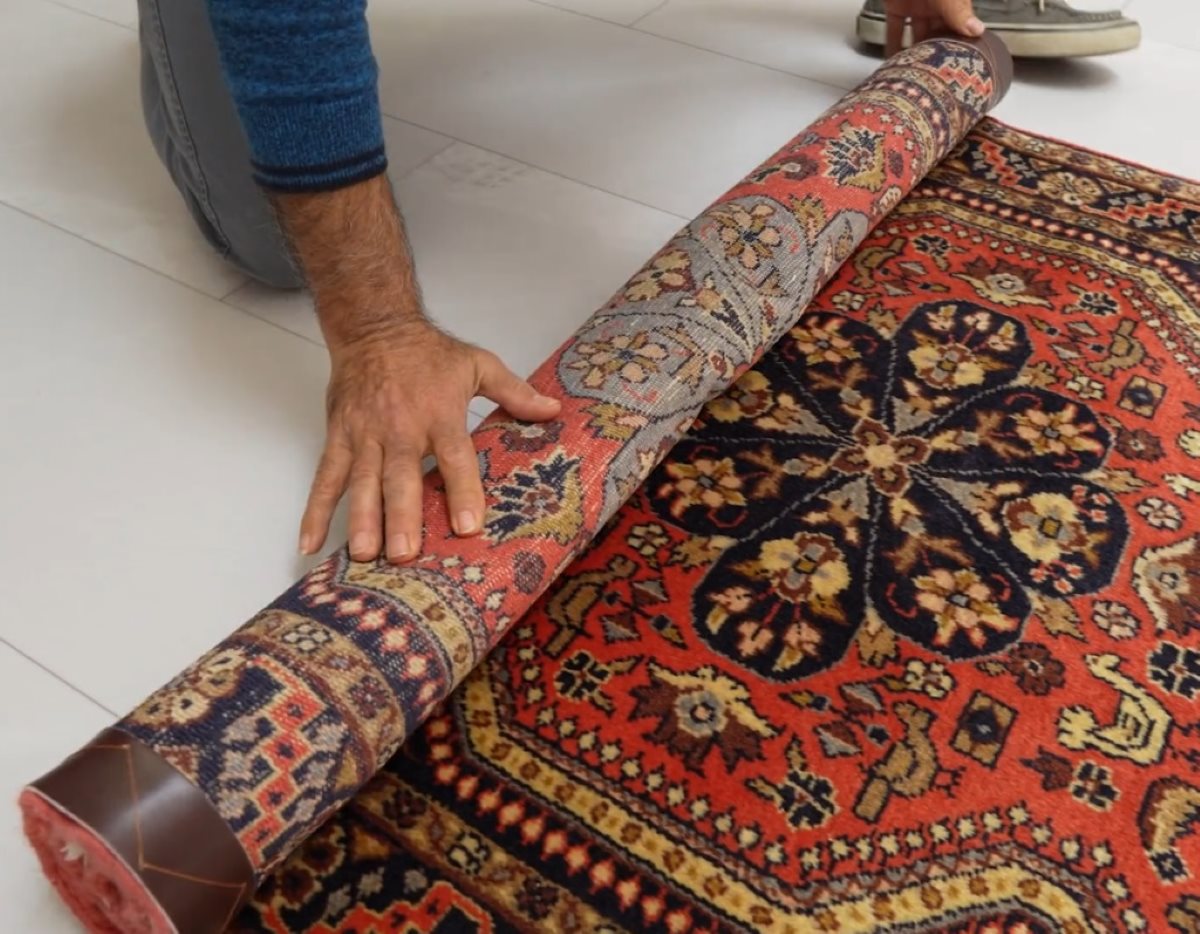
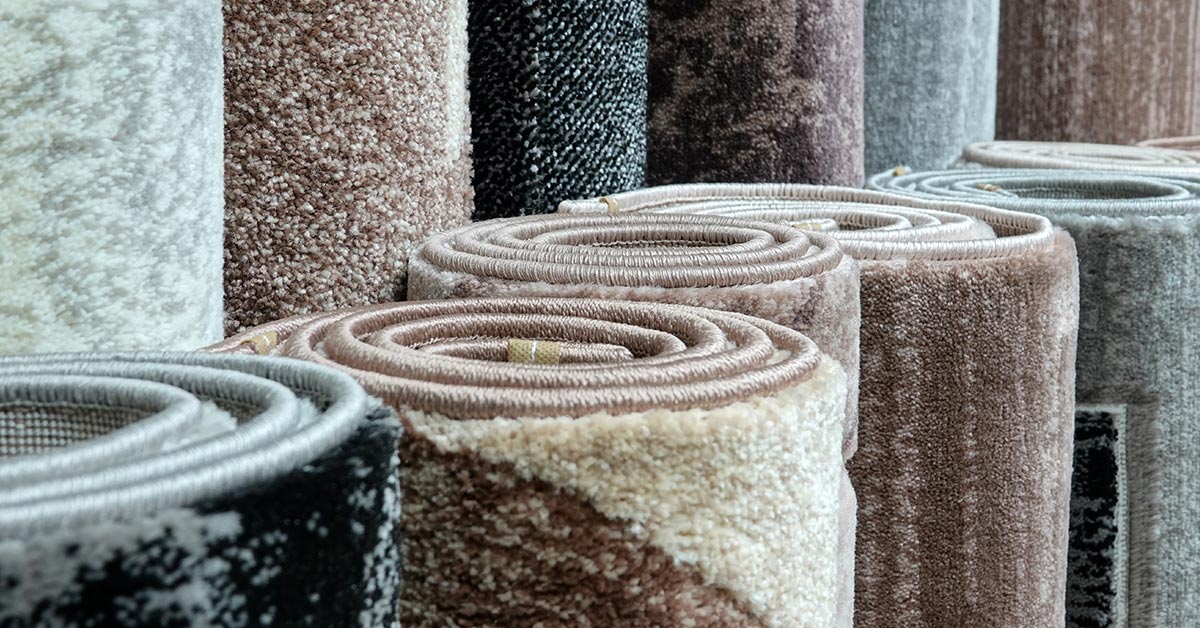
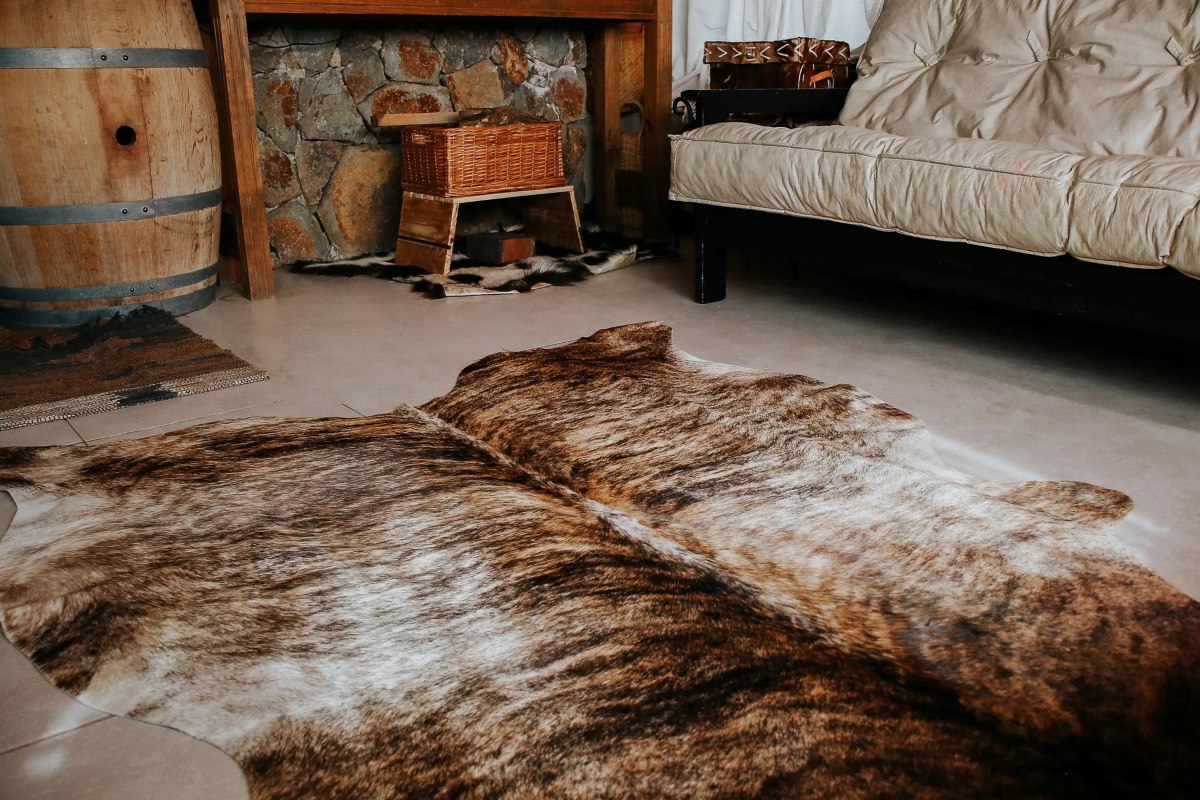




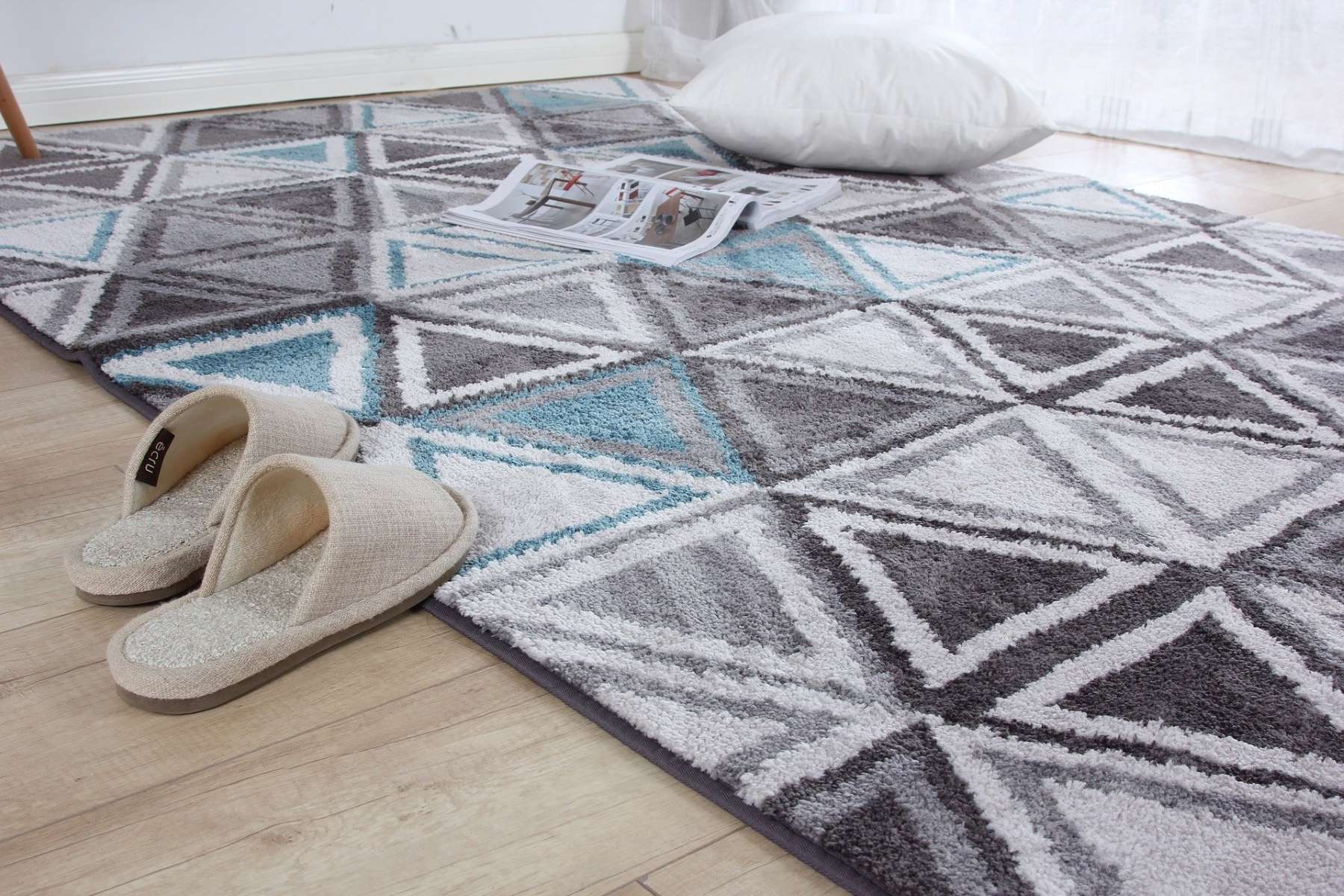

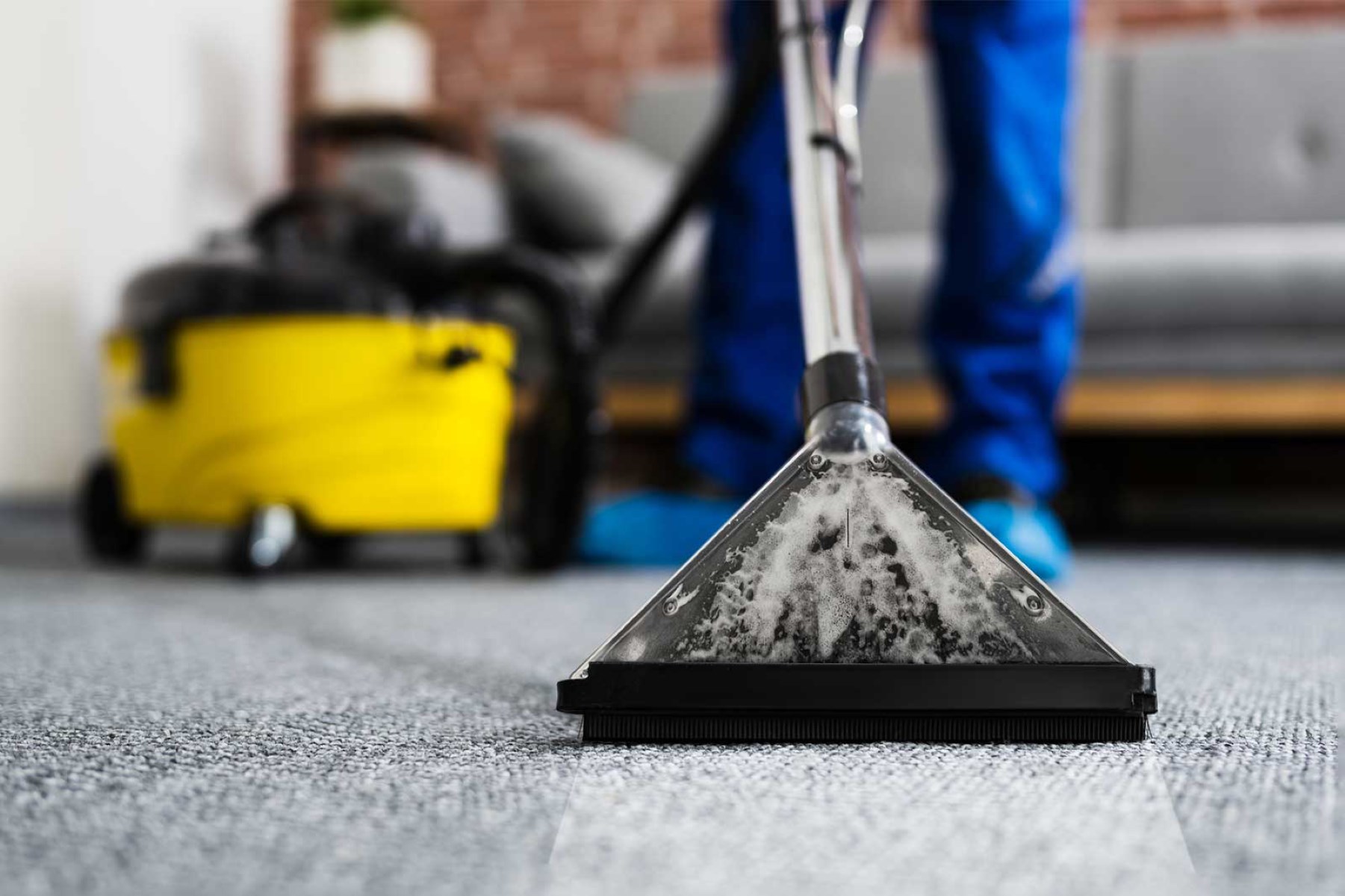
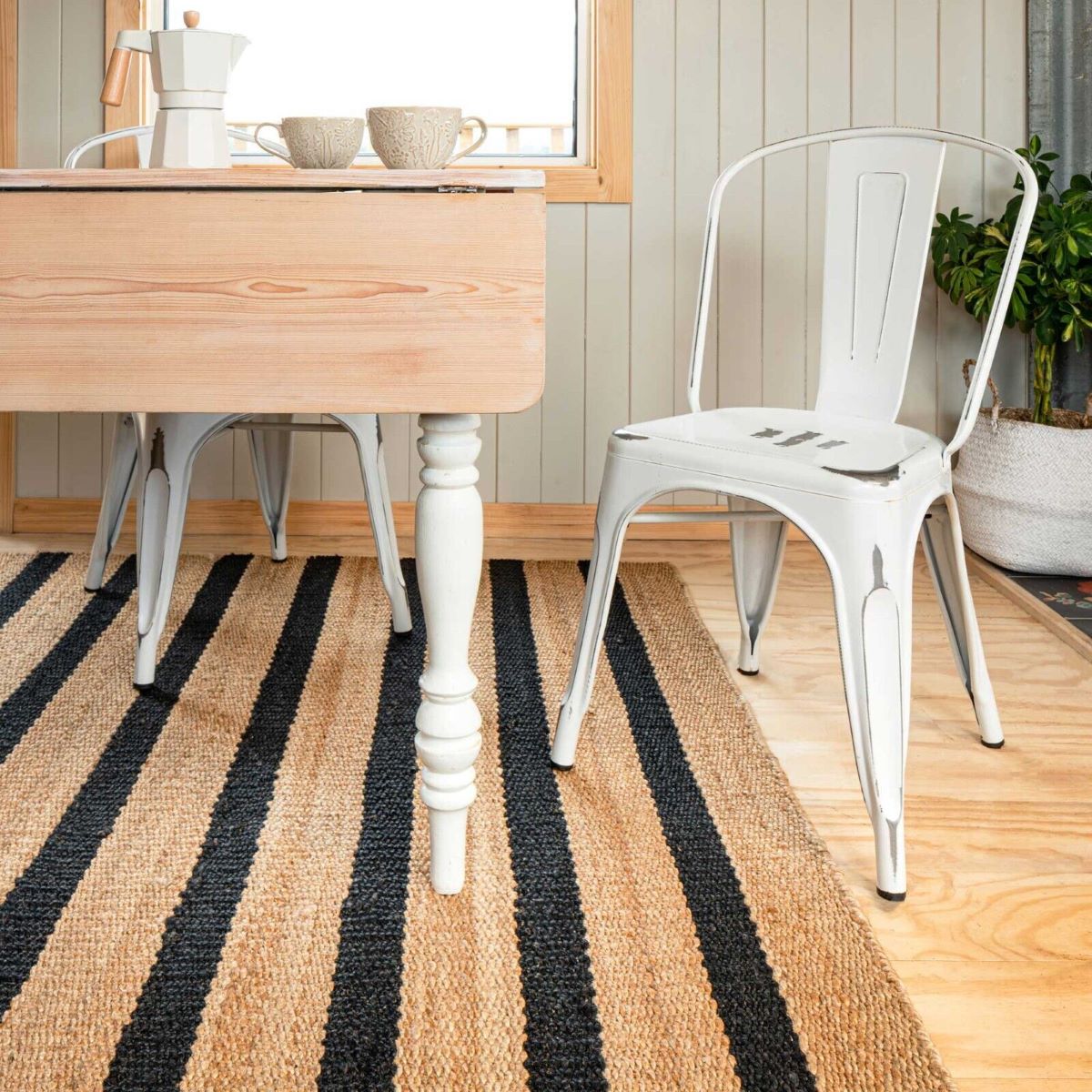
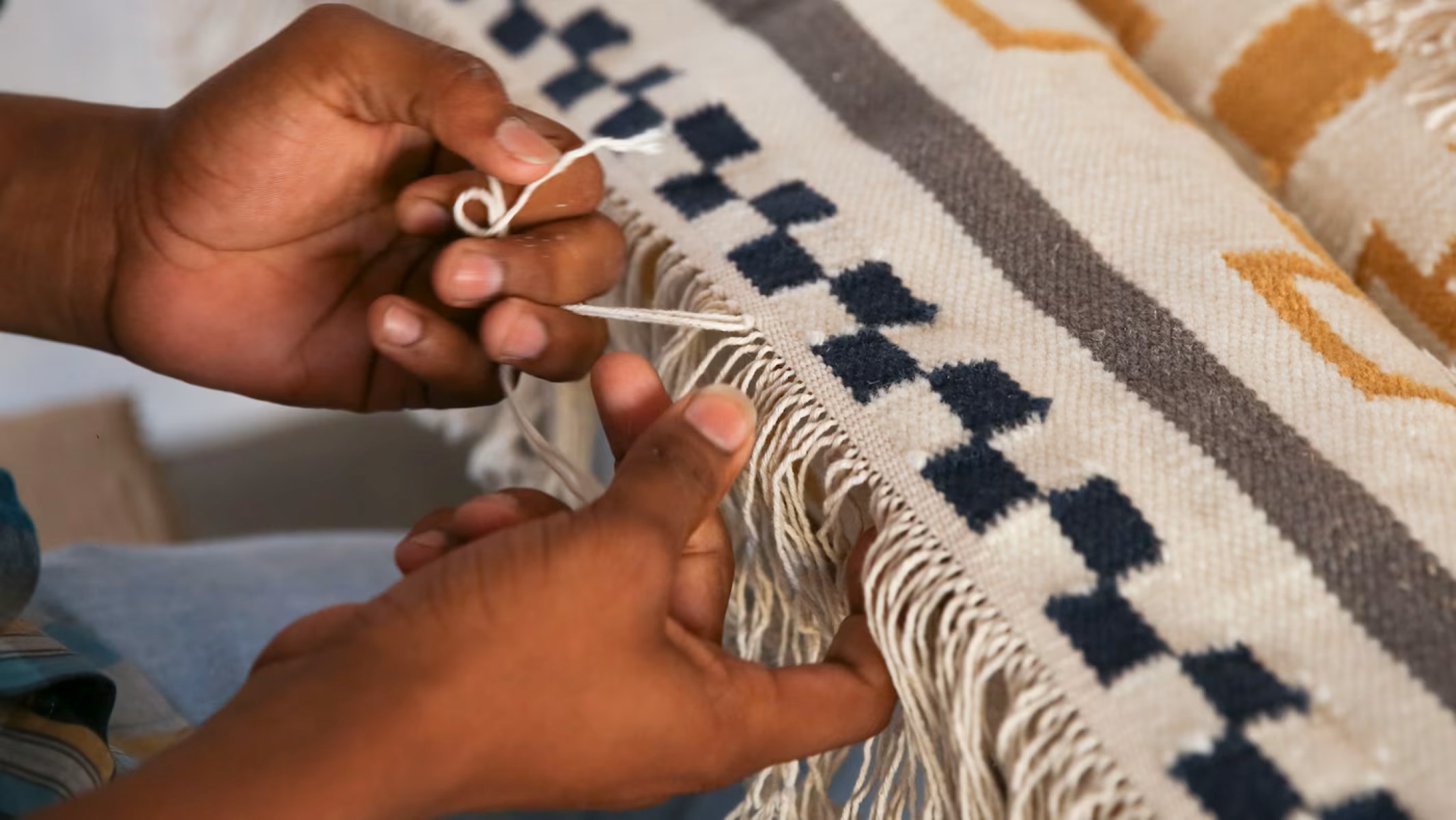
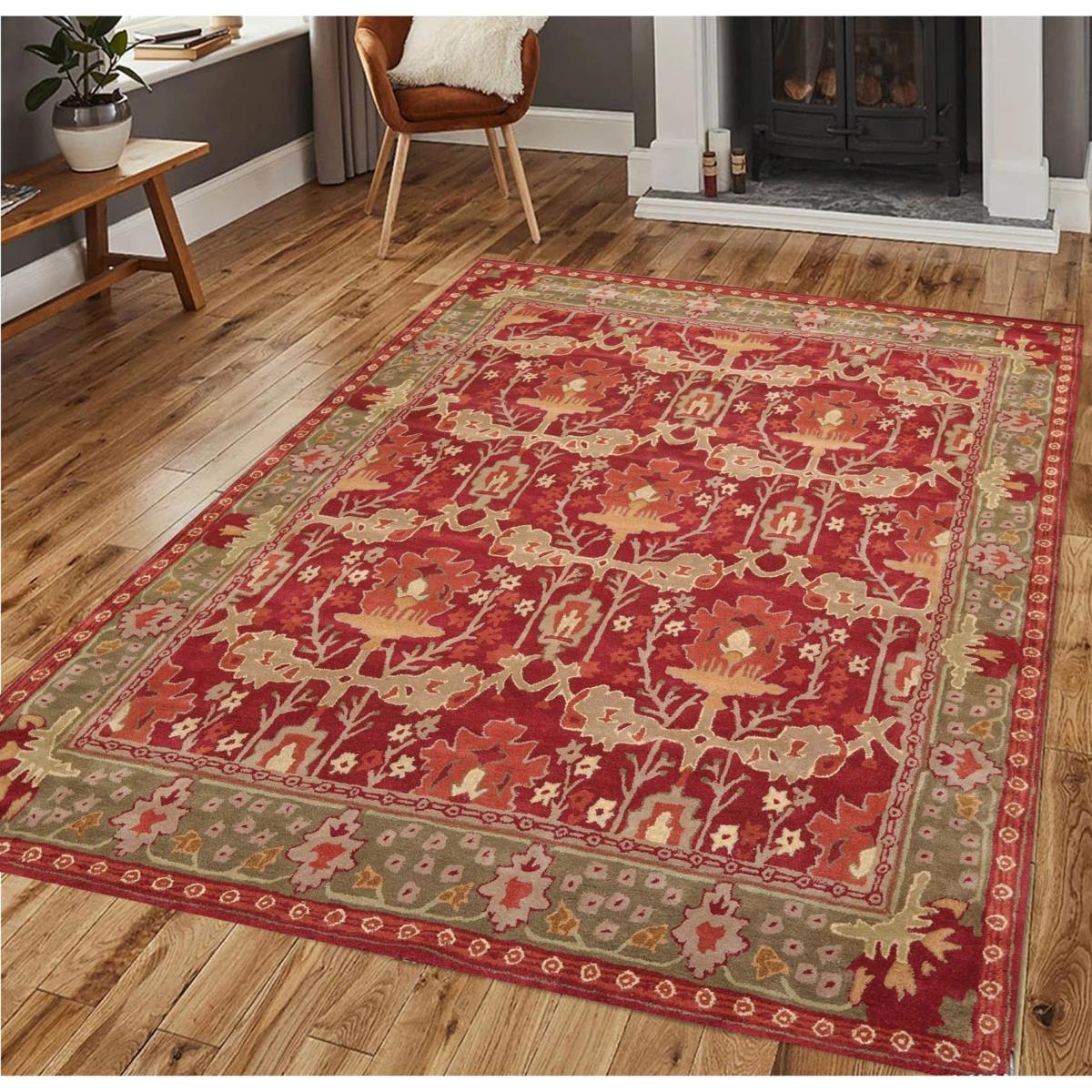


0 thoughts on “How To Store A Rug”